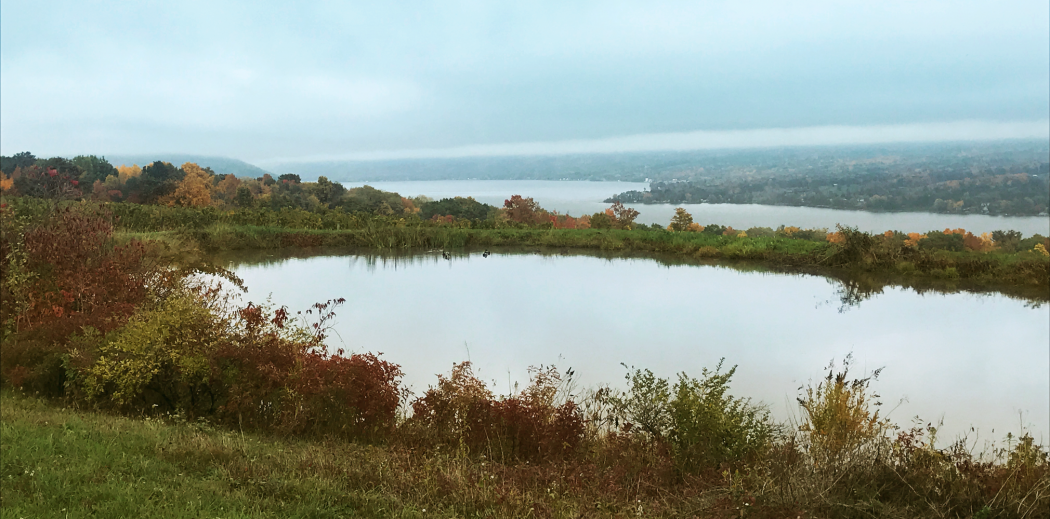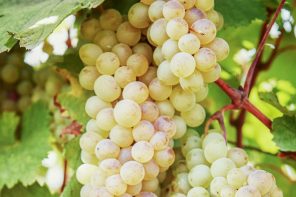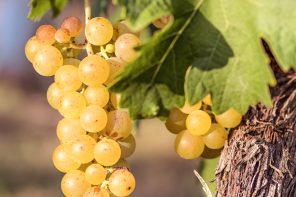It’s no secret that California dominates US wine production. In 2015, the US produced roughly 768 million gallons of wine. More than 83 percent of that (638 million gallons) was produced in California.
An Olympic-size swimming pool only holds 6.6 hundred gallons. For you House of Cards fans, the Peachoid water tower (yes, it’s real) holds one million gallons of water.
Well, we can’t give California all the credit. There are 130 million gallons of wine coming from somewhere else (Washington, Oregon, and New York mostly), and there are many places with stories to tell, like New York’s Finger Lakes.
The Finger Lakes are a group of 11 thin lakes stretching east to west in west-central New York, marked by steep hillsides. Naturally, the area is a perfect watersport and summer recreation destination. But take one step into this region and you’ll be swimming in wine culture and history – thanks largely to the lakes.
The naturally formed lakes are the result of glaciers gouging deep holes in the river valleys. New York – not being California – is no stranger to cold temps and snow. Ithaca, at the southern tip of the region’s second largest lake, Cayuga Lake, sees an average of 64 inches of snow per year.
But the size and volume of the lakes, along with the more massive nearby Great Lakes, allow for moderate temperatures in the region. The Finger Lakes themselves, provide unique climates to the vineyards on the steep banks and hillsides. Winters and summers are overall less extreme, especially near the biggest lakes, Seneca and Cayuga.
This moderate effect is especially significant during crucial months on a vineyard – early spring growth and fall harvest when frost is all too common in the Northeast.
Of course, producing wine in the Finger Lakes wasn’t always this way. Because of the cold temperatures, early vineyards were largely dedicated to V. Labrusca, the grape species native to North America, and mostly production of juices and jams. It was believed that the European V. Vinifera, which parents the majority of the wine we drink in the world – could not survive the cold temperatures (hence, California). It wasn’t until the 1950s that a Ukrainian immigrant – Dr. Konstantin Frank – successfully found a way to grow the European species in the Finger Lakes region and completely changed the way the Northeast was growing grapes and producing wine.
The Finger Lakes officially received AVA status in 1982. It is the largest region in the state and is home to more than 100 wineries and a list of varietals – though dominated by cool climate grapes.
Of course, a colder climate will always be a fabric of the Finger Lakes wine production. Vineyards have to use caution and take different measures to protect their precious grapes. The common practice of hilling up soil, like at Dr. Konstantin Frank’s vineyards on Keuka Lake, protects young vines from harsh cold. The region is now synonymous with Riesling production – a cold hardy grape from the V. Vinifera species. The wine season is shorter in general. And there’s the rush to harvest the grapes when an early frost is forecast.
The lake climate, after all, is the Finger Lakes’ story.








